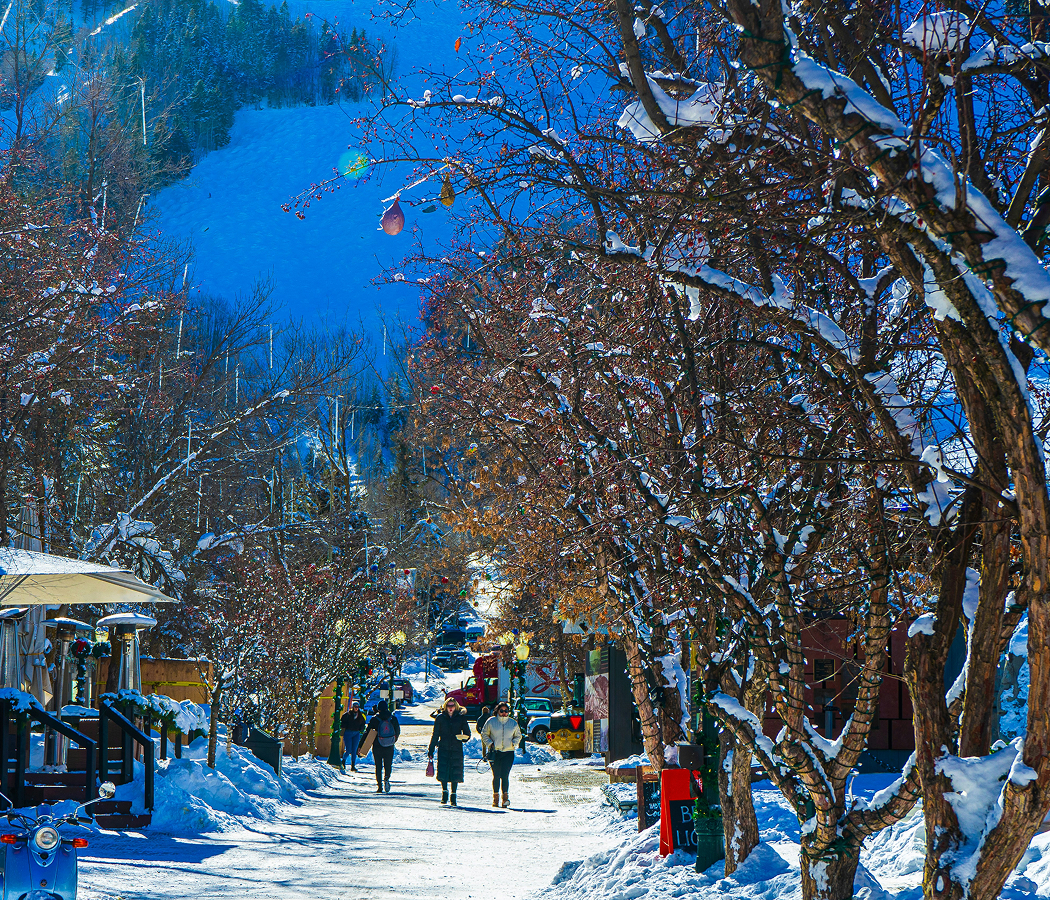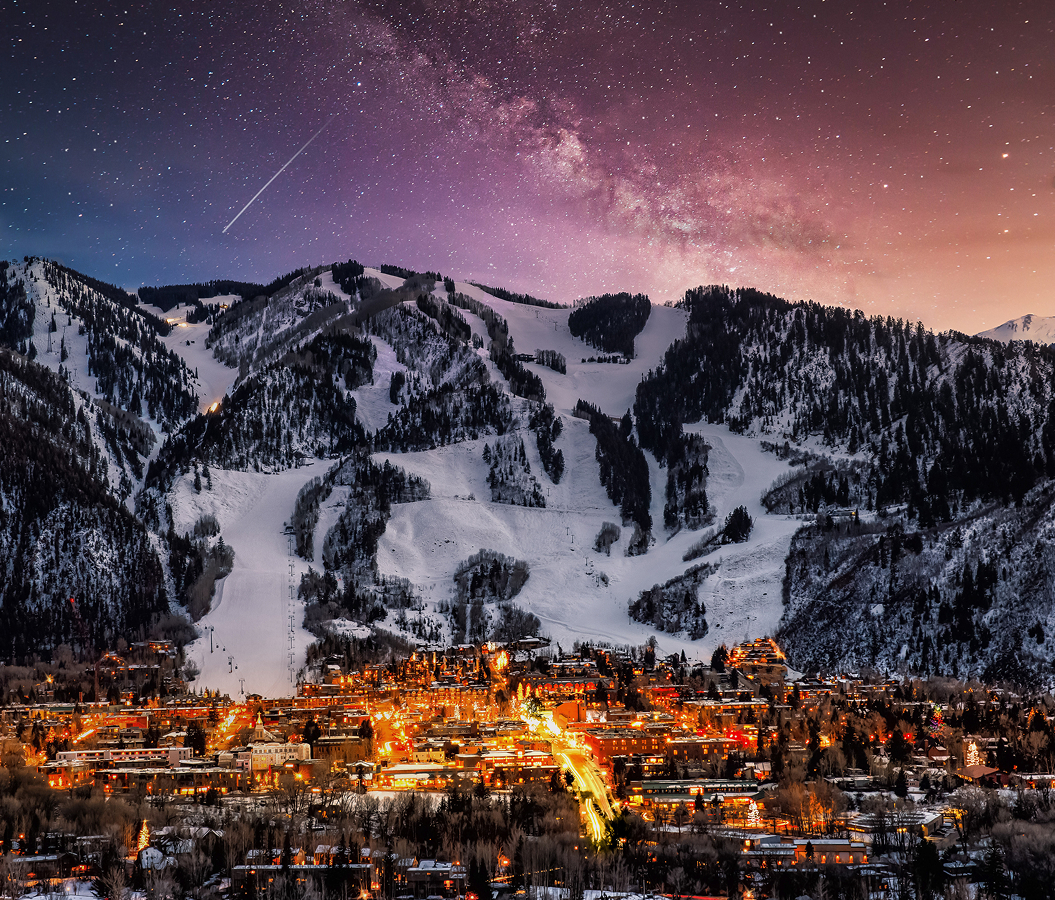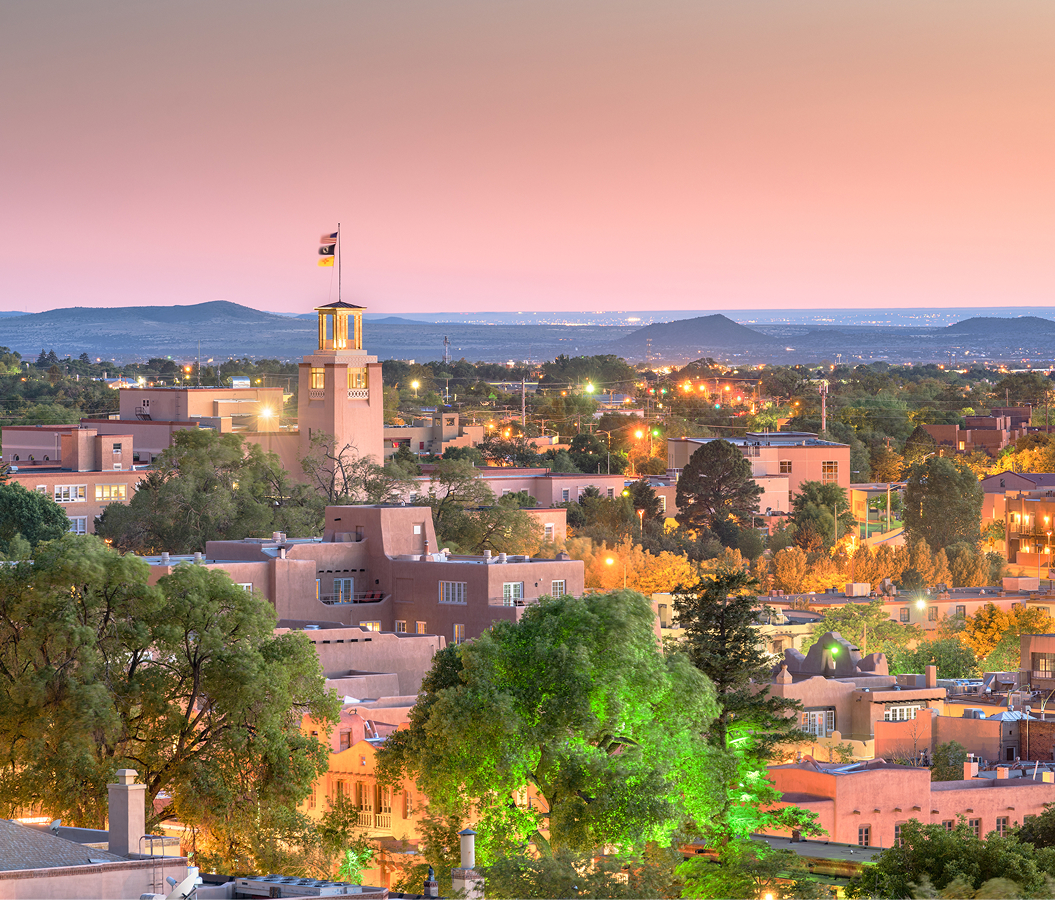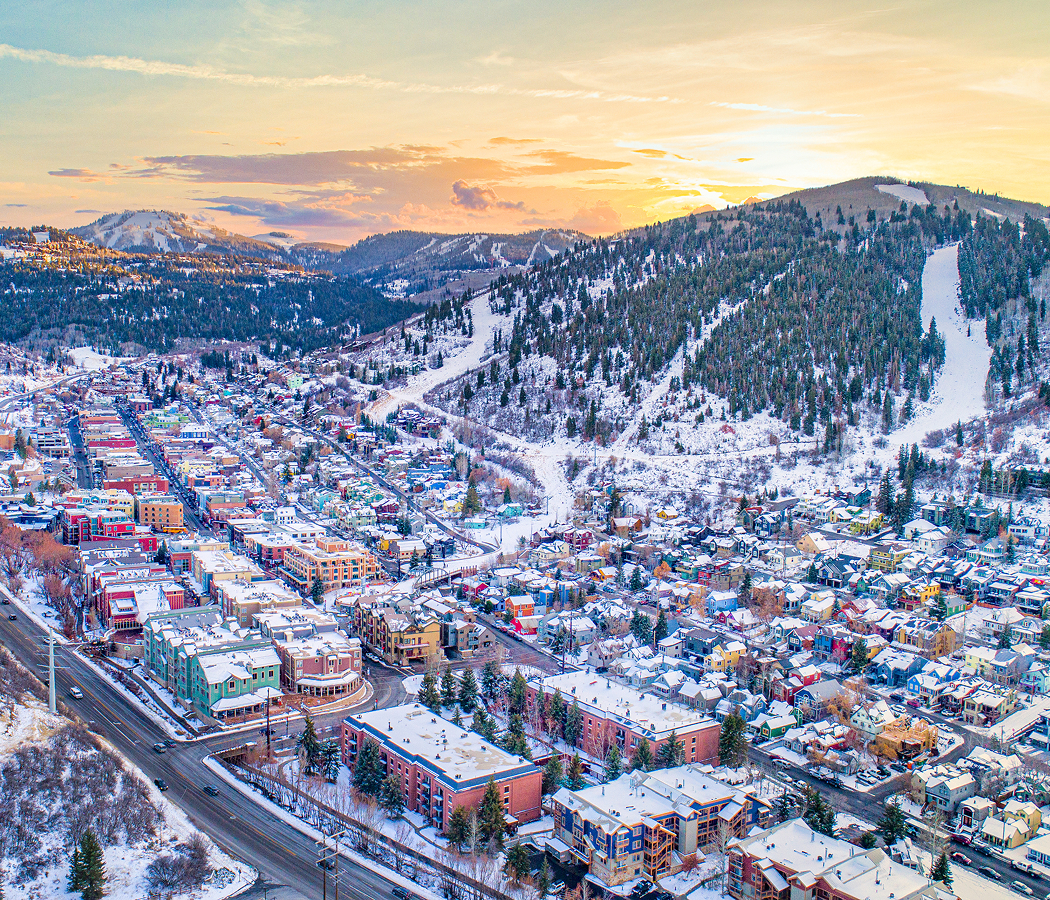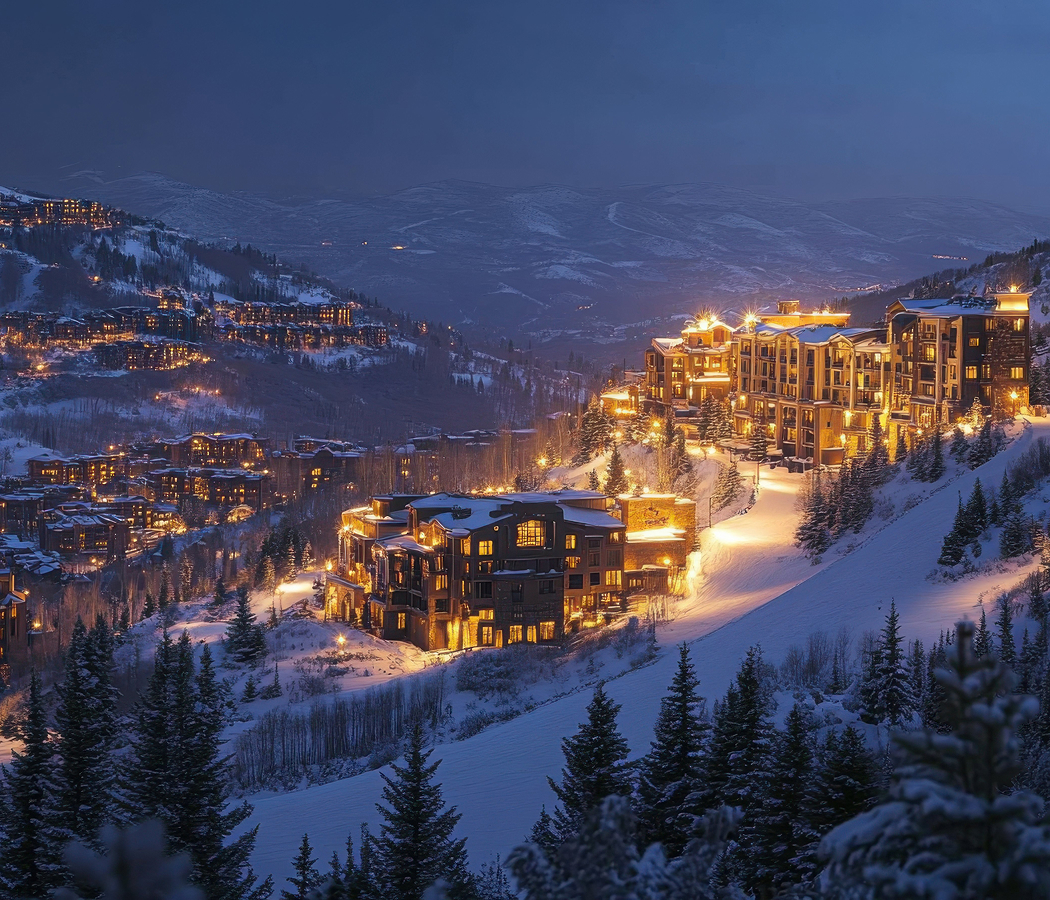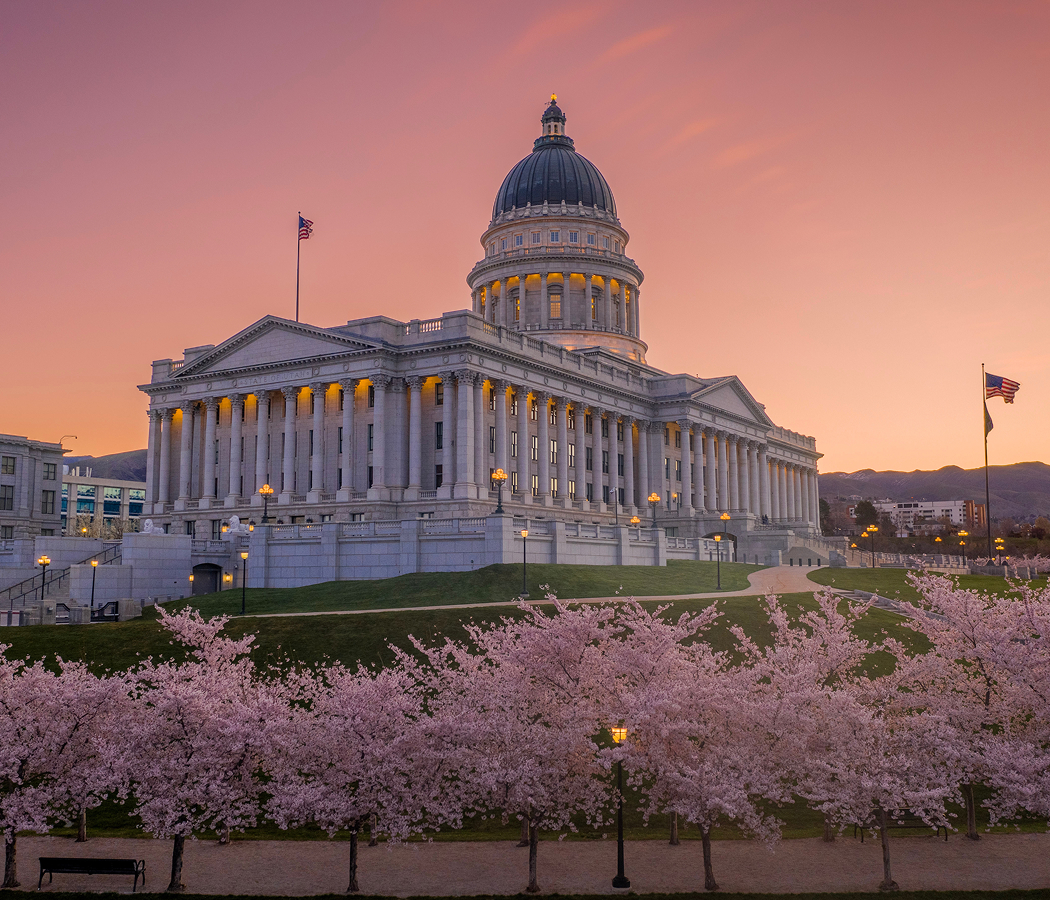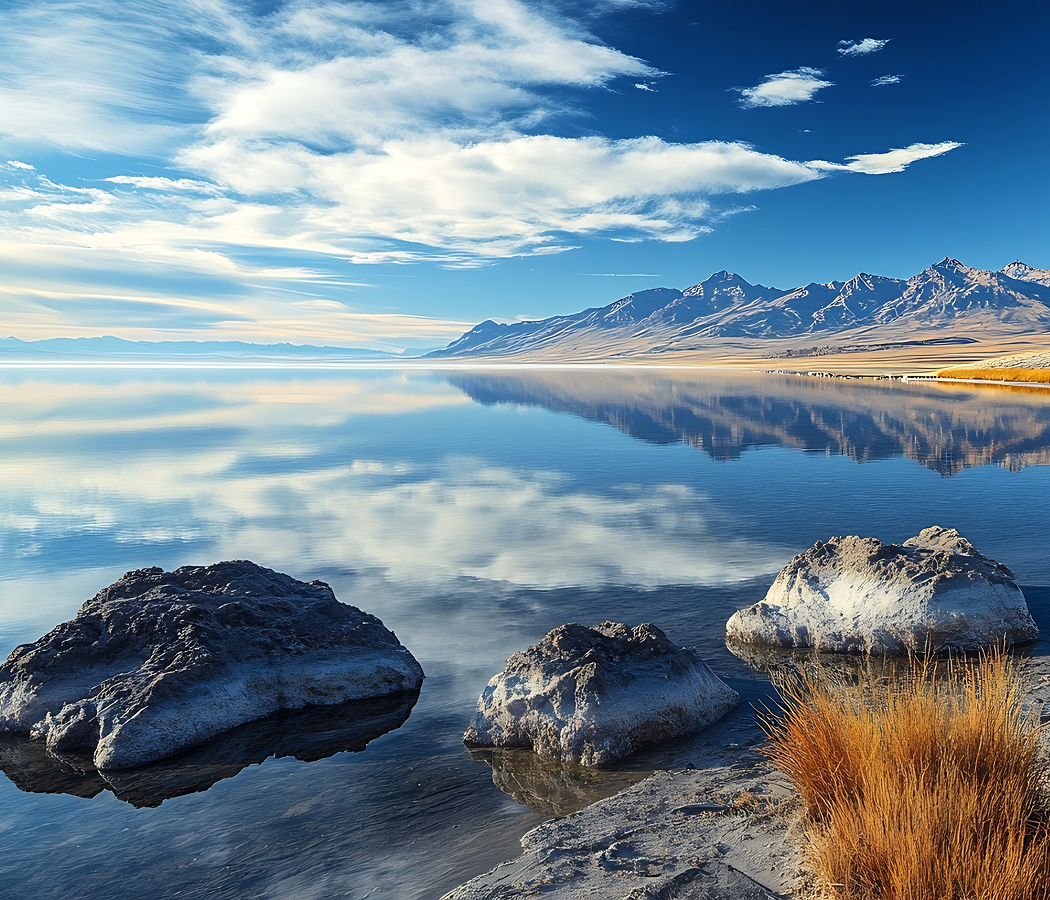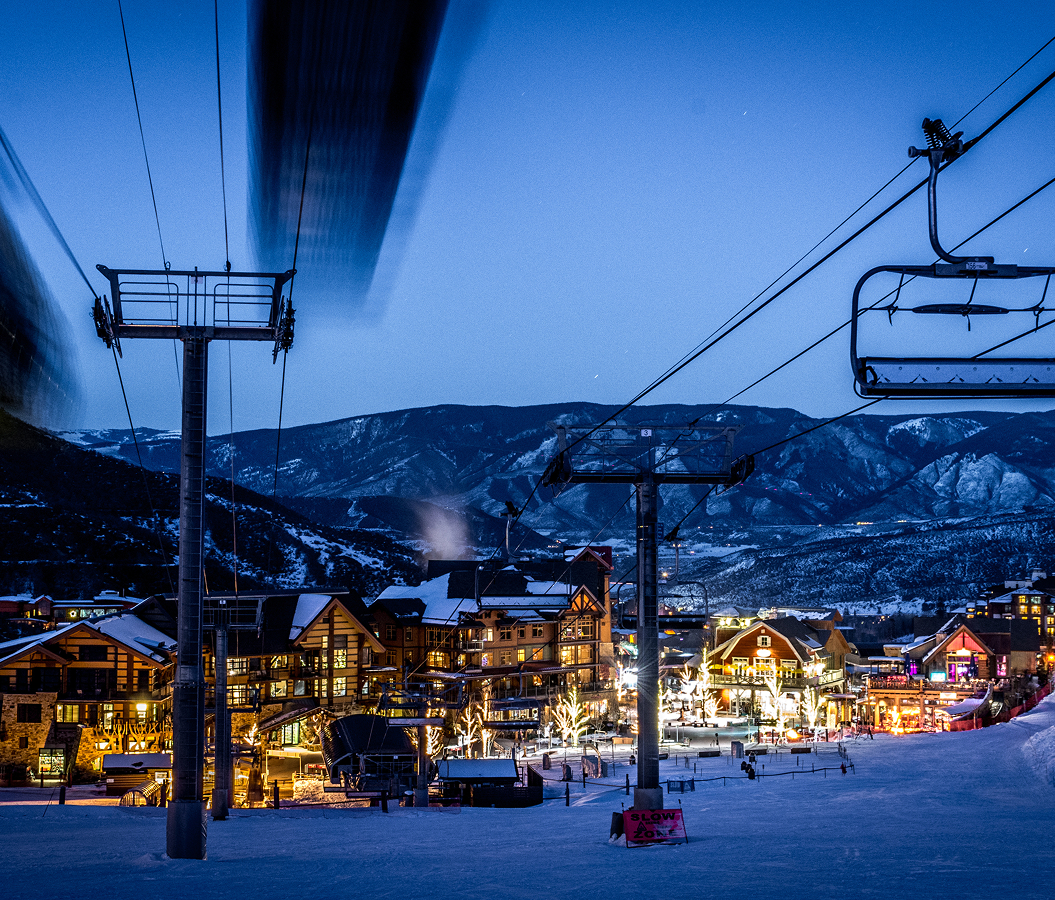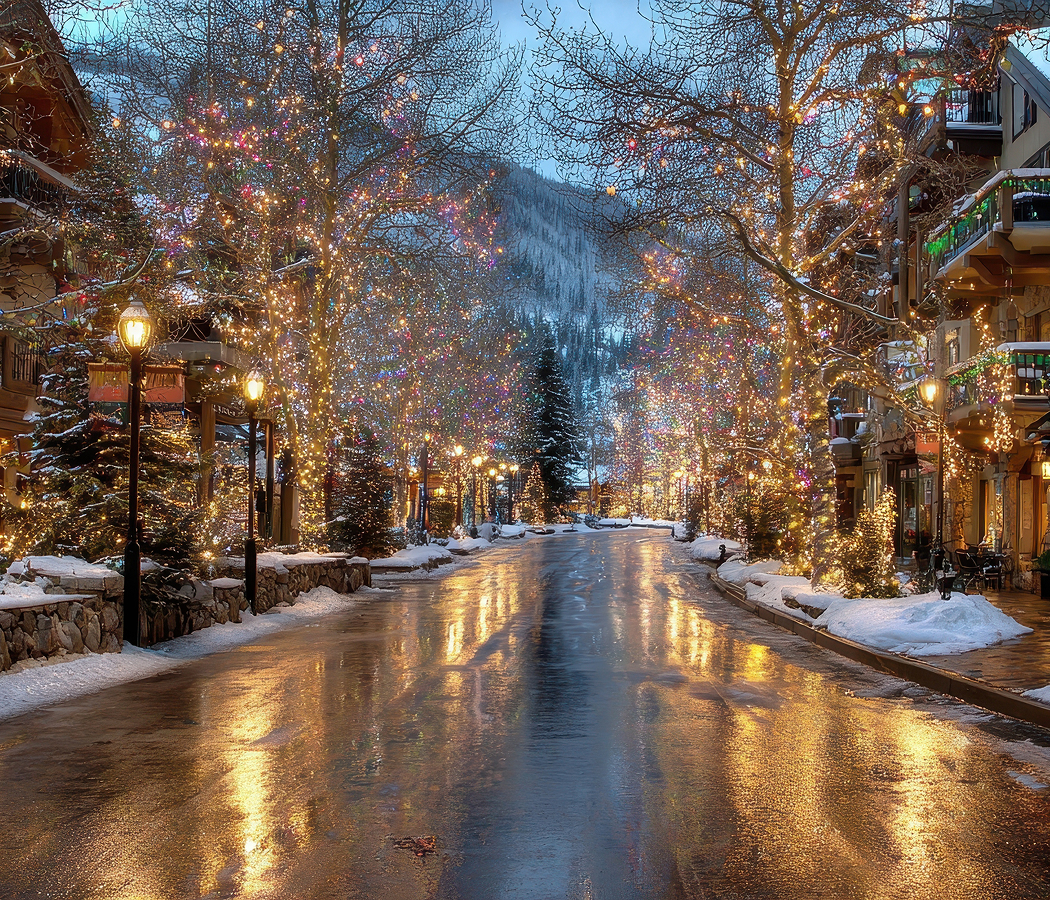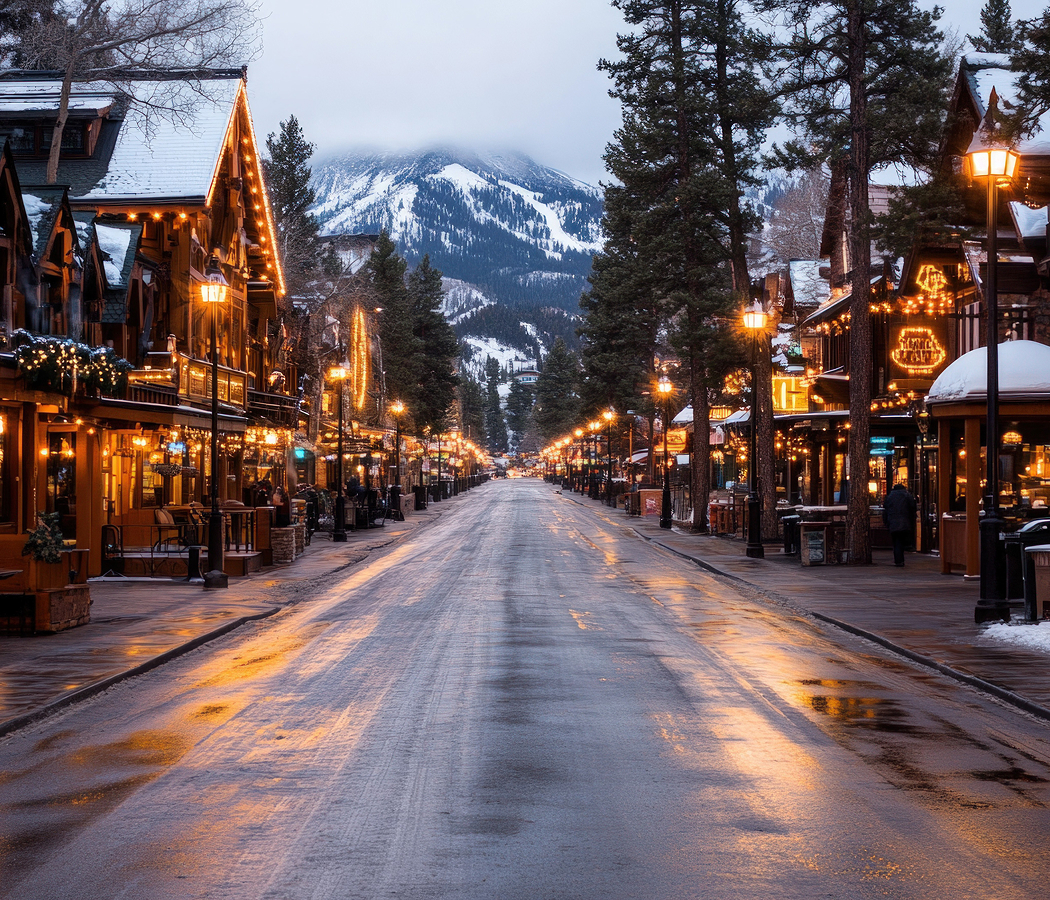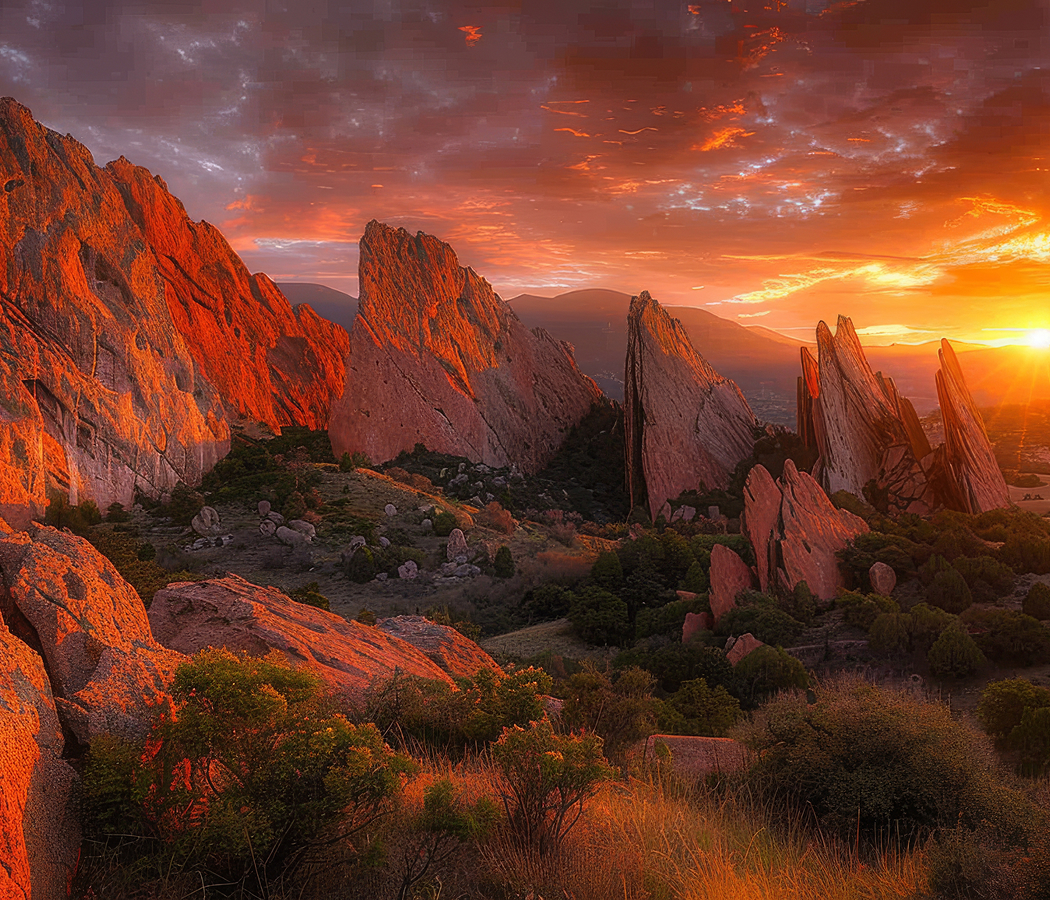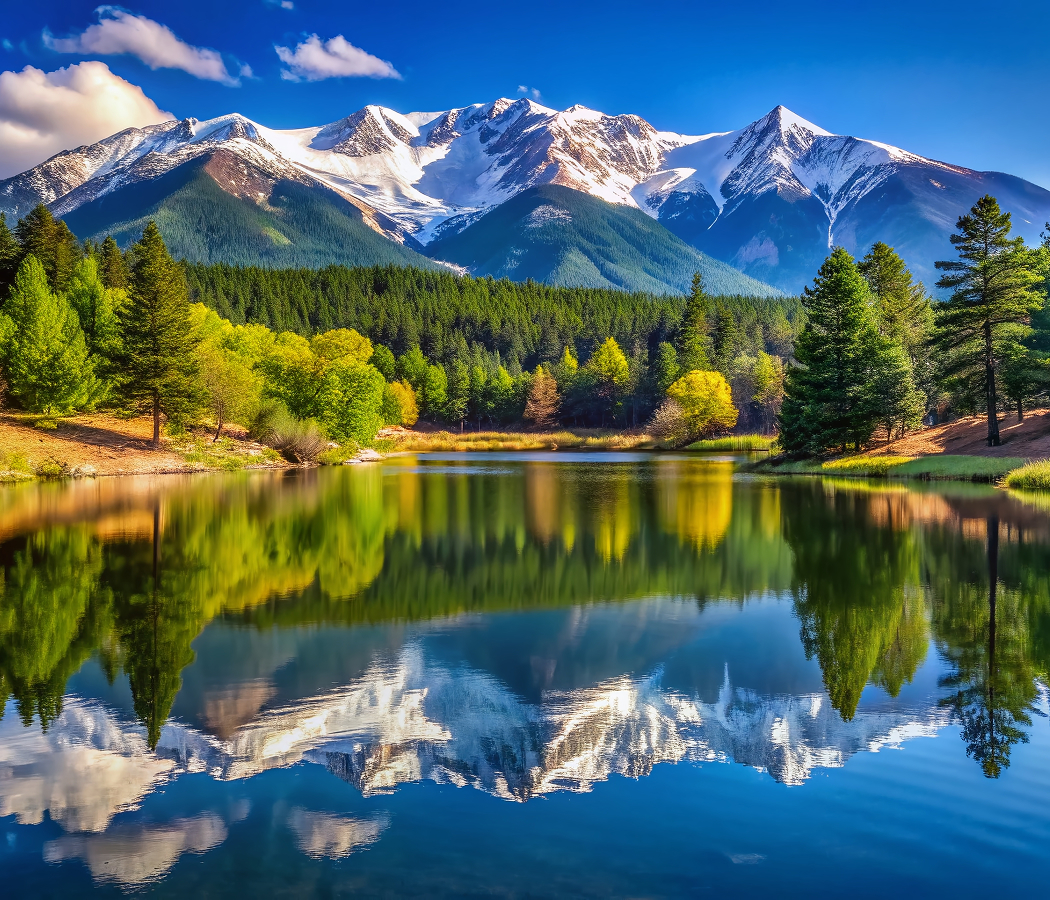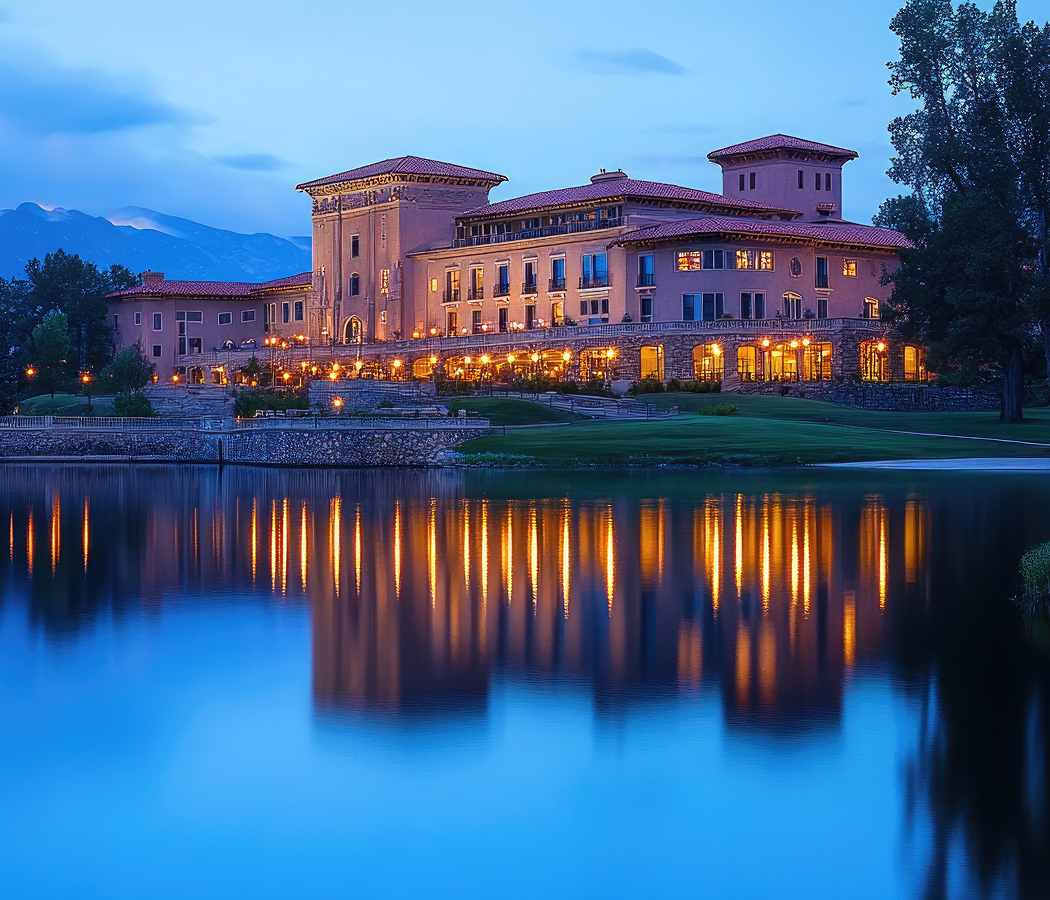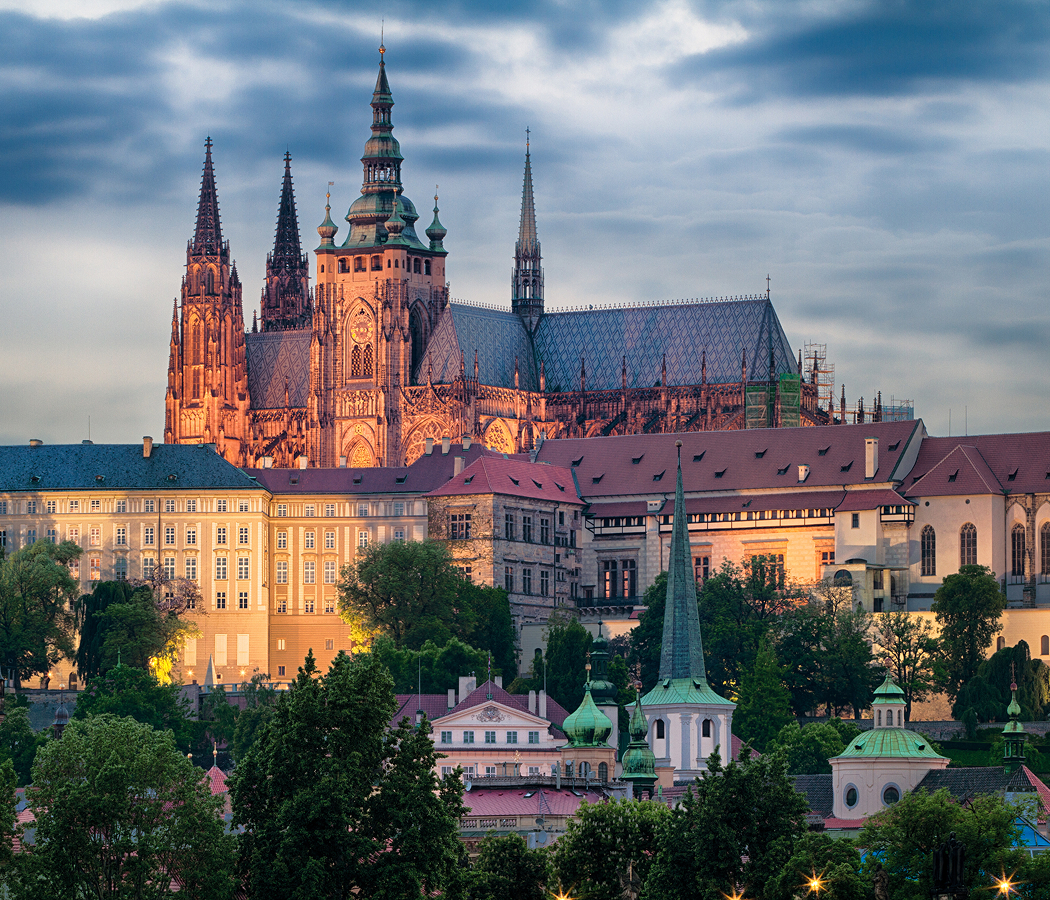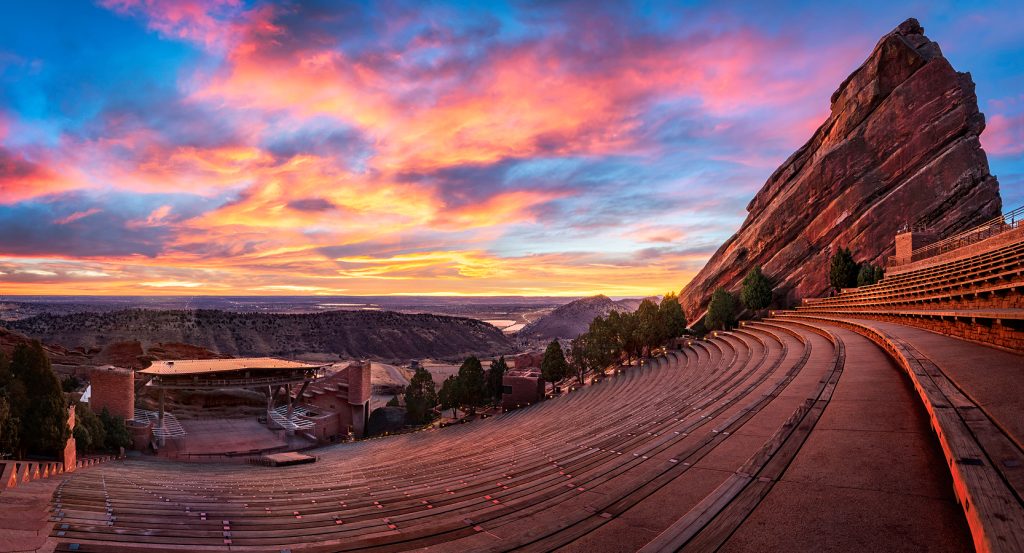
Why you should experience Red Rocks Park and Amphitheatre near Denver.
Red Rocks isn’t just a venue, it’s a natural cathedral carved by time, sound, and spirit.
Set high in the foothills west of Denver, this open-air amphitheatre feels otherworldly the moment you arrive, towering sandstone monoliths framing a stage where the sky itself becomes part of the show. Sculpted over 200 million years and perfected by the hands of nature, the acoustics are pure magic, crisp, resonant, alive, the kind of sound that doesn’t just echo, it breathes. Since its opening in 1941, Red Rocks has hosted icons across every generation, The Beatles, U2, Florence + The Machine, John Denver, and countless more, each leaving their imprint in the stone and sky. As the sun sets behind the Rockies and the lights of Denver flicker in the distance, the amphitheatre transforms into a living, glowing organism. There’s no separation between artist, audience, and earth, just one shared pulse reverberating under the stars. Red Rocks isn’t a place you visit; it’s a moment you feel, carved into memory as deeply as it’s carved into the mountain.
What you didn’t know about Red Rocks Park and Amphitheatre.
Behind its surreal beauty lies one of the most improbable success stories in music and architecture.
Long before it became a concert hall, the site was sacred ground, a gathering place for Indigenous peoples who recognized its acoustic perfection centuries ago. The amphitheatre itself was constructed during the Great Depression by the Civilian Conservation Corps and Works Progress Administration, blending human craftsmanship with the geology that nature had already composed. The stage sits precisely between two monoliths, Ship Rock and Creation Rock, whose alignment creates sound so pure it requires no electronic enhancement. Red Rocks is also the only naturally occurring, acoustically perfect amphitheatre in the world. Today, it operates year-round, hosting yoga sessions at sunrise, film screenings under the stars, and even small winter concerts blanketed by snow. The surrounding park is a geological wonder, layers of ancient seabed and desert stone telling stories older than music itself. Red Rocks isn’t just a venue; it’s a living museum of time, sound, and the human need to gather and be moved.
How to fold Red Rocks into your trip.
To experience Red Rocks the way it’s meant to be felt, make the journey part of the ritual.
Arrive early, well before sunset, and hike one of the surrounding trails, like Trading Post or Red Rocks Trail, where panoramic views stretch from the Great Plains to the snow-dusted peaks of the Rockies. As the sun begins to drop, take your seat and watch the sandstone glow ember-red before the stage lights come alive. Whether it’s a concert, a film, or even a morning yoga session, the key is presence, letting the space do what it was made for: to connect. Bring a jacket (the mountain air cools fast) and give yourself time afterward to linger; the walk back down through the echoing canyons under the stars feels almost holy. If you’re staying in Denver, plan to dine or toast the night at Morrison’s local spots, rustic patios, live music, and that unmistakable post-show glow. Red Rocks isn’t just a stop on your itinerary, it’s an awakening, a place where the earth itself keeps rhythm with the music in your chest.
Hear it from the Foresyte community.
Feels like nature itself built the perfect stage. The red sandstone towers catch the sunset in ways no arena ever could, and the music seems to echo off the walls forever. It’s the kind of place that stays with you long after the last note fades.
Where meaningful travel begins.
Start your journey with Foresyte, where the planning is part of the magic.
Discover the experiences that matter most.







